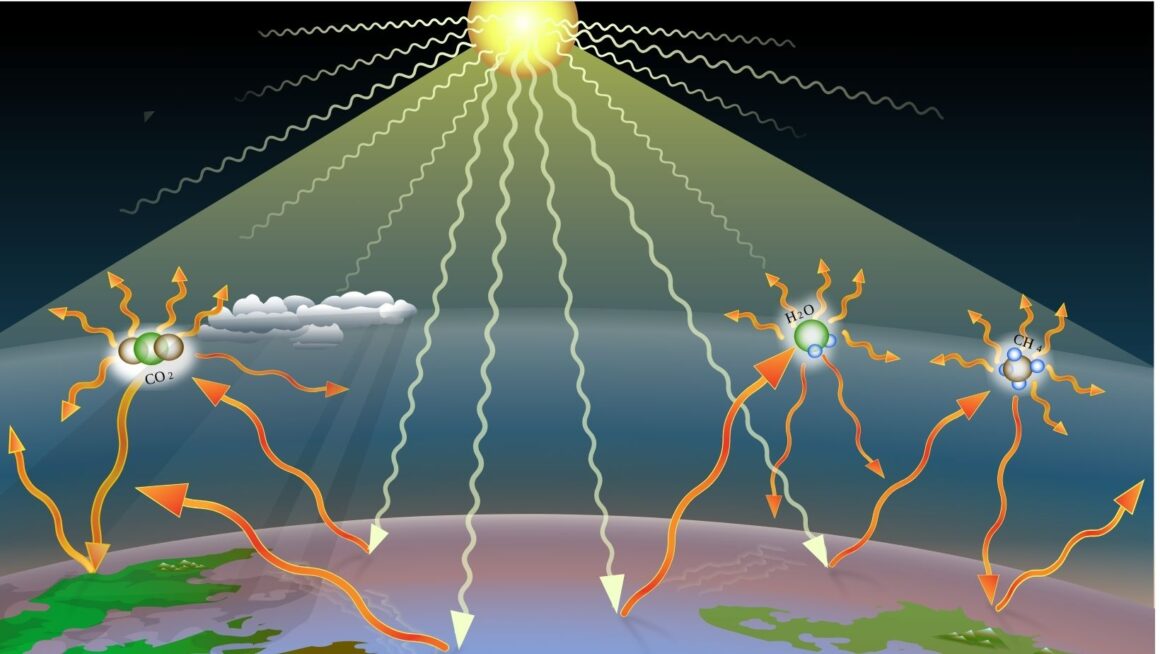Green House Gases
As an expert, let’s delve into the intricate world of green house gases. These gases play a crucial role in regulating Earth’s temperature by trapping heat in the atmosphere. The most common greenhouse gases include carbon dioxide (CO2), methane (CH4), nitrous oxide (N2O), and fluorinated gases.
Greenhouse gases are essential for maintaining a stable climate; however, human activities have significantly increased their concentrations in the atmosphere. This heightened level of greenhouse gases leads to enhanced heat retention, contributing to global warming and climate change. It is imperative to understand the impact of these gases on our environment and explore sustainable solutions to mitigate their effects.
Through this article, I aim to provide insights into the sources of greenhouse gas emissions, their impact on climate change, and potential strategies to reduce their presence in the atmosphere. Understanding the dynamics of greenhouse gases is key to fostering a sustainable future for generations to come.

Understanding Green house Gases
In the realm of environmental science, Green house Gases play a pivotal role in shaping our planet’s climate. These gases encompass a variety of compounds that trap heat in the Earth’s atmosphere, leading to what is commonly known as the greenhouse effect. Among the most prevalent greenhouse gases are carbon dioxide (CO2), methane (CH4), nitrous oxide (N2O), and fluorinated gases.
Key Greenhouse Gases
Here are some key green house gases and their respective contributions to global warming:
|
Gas |
Contribution to Global Warming (%) |
|
Carbon Dioxide |
82 |
|
Methane |
10 |
|
Nitrous Oxide |
6 |
|
Fluorinated Gases |
2 |
Impact on Climate Change
The accumulation of these gases in the atmosphere intensifies the natural greenhouse effect, resulting in a gradual rise in global temperatures. This phenomenon has far-reaching consequences, including melting ice caps, rising sea levels, altered weather patterns, and disruptions to ecosystems worldwide.
Human Activities and Greenhouse Gas Emissions
Human activities such as burning fossil fuels, deforestation, industrial processes, and agriculture significantly contribute to the emission of greenhouse gases into the atmosphere. The increased concentration of these gases amplifies their heat-trapping properties, exacerbating climate change.
Mitigation Strategies
Efforts to mitigate the impact of greenhouse gas emissions involve transitioning to renewable energy sources, enhancing energy efficiency, promoting sustainable land use practices, and fostering international cooperation through agreements like the Paris Agreement. By collectively reducing our carbon footprint and adopting eco-friendly practices, we can strive towards a more sustainable future for generations to come.
As we delve deeper into understanding greenhouse gases and their implications on our environment, it becomes evident that addressing this issue requires a concerted global effort and a commitment to embracing environmentally conscious practices in all aspects of our lives.

Types of Greenhouse Gases
When we delve into the realm of greenhouse gases, it’s crucial to grasp the diverse array of gases that contribute to the greenhouse effect. These gases have varying effects on our atmosphere, trapping heat and impacting the Earth’s climate. Let’s explore some key types of greenhouse gases:
1. Carbon Dioxide (CO2)
- Description: CO2 is one of the most prevalent greenhouse gases emitted through human activities such as burning fossil fuels and deforestation.
- Impact: It remains in the atmosphere for centuries, contributing significantly to global warming.
- Example: The combustion of gasoline in vehicles releases CO2 into the air.
2. Methane (CH4)
- Description: Methane is another potent greenhouse gas produced by livestock digestion, rice cultivation, and natural gas extraction.
- Impact: Despite being less abundant than CO2, methane traps more heat effectively over a shorter period.
- Example: Landfills emit methane as organic waste decomposes.
3. Nitrous Oxide (N2O)
- Description: N2O stems from agricultural practices like fertilizer use and industrial processes.
- Impact: While less prevalent than other gases, nitrous oxide has a higher heat-trapping potential per molecule.
- Example: Agricultural runoff contributes to nitrous oxide emissions.
By understanding these fundamental types of greenhouse gases – carbon dioxide, methane, and nitrous oxide – we can appreciate their distinct roles in exacerbating climate change. Awareness of their sources and impacts is crucial in devising strategies to mitigate their effects on our planet’s delicate balance.


